
LOVE IS A STORY

LOVE IS A STORY
A NEW THEORY OF RELATIONSHIPS
ROBERT J. STERNBERG, PH.D.
OXFORD UNIVERSITY PRESS
New York Oxford
Oxford University Press
Oxford New York
Athens Auckland Bangkok Bogot Buenos Aires Calcutta
Cape Town Chennai Dar es Salaam Delhi Florence Hong Kong Istanbul
Karachi Kuala Lumpur Madrid Melbourne Mexico City Mumbai
Nairobi Paris So Paulo Singapore Taipei Tokyo Toronto Warsaw
and associated companies in
Berlin Ibadan
Copyright1998 by Oxford University Press
First published by Oxford University Press, Inc., 1998
First issued in 1999 as an Oxford University Press paperback,
198 Madison Avenue, New York, New York 10016
Oxford is a registered trademark of Oxford University Press
All rights reserved. No part of this publication may be reproduced,
stored in a retrieval system, or transmitted, in any form or by any means,
electronic, mechanical, photocopying, recording, or otherwise,
without the prior permission of Oxford University Press.
Library of Congress Cataloging-in-Publication Data
Sternberg, Robert ].
Love is a story / Robert J. Sternberg.
p. cm.
Includes bibliographical references and index.
ISBN 0-19-510642-3
ISBN 0-19-513102-9 (Pbk.)
1. Love. 2. LoveCase studies. I. Title
BF575.L8S7756 1997
152.4'1dc21
97-43758
 To Alejandra
To Alejandra

CONTENTS
Like everyone else, Ive spent a lot of time trying to figure out why some of my close relationships have succeeded and others have failed. Like many other people, Ive read about relationships, seen various media presentations about them, and gone to counselors who promised to help me understand. Ive even spent a portion of my career as a psychologist trying to understand what has worked for me and what hasnt. Curiously, even my own theories didnt seem to give me the understanding I was seekingeither of my own relationships or of other people's.
I started studying love in the early 1980s, focusing initially on its structure. Together with a graduate student, Susan Grajek, I proposed a psychometric type of theory of love. The goal was to discover if love could be understood in terms of its structural building blocks, and if so, to discover the nature of these building blocks. According to that theory, love could be understood in terms of a large number of disparate emotions, thoughts, and motivationsthings like caring for another person, communicating well, and being supportive. The problem was that this set of building blocks seemed to describe elements of love, but without systematizing them and without suggesting why I or anyone else would love some people but not others.
By the late 1980s, I had proposed a new, triangular theory of love, according to which love could be understood as comprising three Different kinds of love would comprise different combinations of these components. For example, romantic love was characterized by intimacy plus passion, fatuous or foolish love by commitment fueled only by passion, and consummate or complete love by the combination of all three componentsintimacy, passion, and commitment. Although this theory systematized kinds of love in a way that the earlier theory did not, it still did not explain why I, or anyone else, would fall in love or be able to maintain a loving relationship with one person but not another.
By the middle of the 1990s, I was seeing things in a new light. I realized that I needed to understand and systematize the many stories I had heard about relationships. These stories differed widely, not only between relationships, but sometimes within relationships: Two partners might have totally different stories about their relationship, and when the stories were very different, the partners seemed less satisfied. So I began to formulate the view of love as a story. That is the view I present here. The basic idea is that we tend to fall in love with people whose stories are the same as or similar to our own, but whose roles in these stories are complementary to ours. Thus, they are like us in some ways, but potentially unlike us in others. If we happen to fall in love with someone whose stories are quite different, our relationship and the love underlying it are both at risk.
We have collected some data to test the love-is-a-story view, which are described in this book, but our validation efforts are still ongoing, as they are likely to be for a long time. Thus, this book reports a work in progress rather than a final statement of a fully tested theory.
I have written this book for everyone who is interested in love, and that probably includes just about everyone. Its not a how-to book, and its not a book that panders to a recovery kind of mentality. Ive tried to write a serious yet accessible work that may be of value to laypersons and professionals alike. I hope it presents them with a view of love that will answer questions that traditional theoriesincluding my own previous oneshave been unable to answer, such as why we fall in love with the people we do and why we maintain love for some people but not for others.
A number of people have contributed both directly and indirectly to this book. My early collaborators in my research on love, Susan Grajek and Michael Barnes, both played a part in the development of my thinking. More recently, my collaborations with Anne Beall have also helped me further develop my ideas about love, especially with regard to how it is socially constructed.
Mahzad Hojjat has been an invaluable collaborator in developing the inventory items presented in this book for assessing peoples stories about love. Hojjat also collaborated in the validation of the theory, including a study in which members of a large psychology class recounted stories of their love relationships. Neil Wechsler has also been invaluable in the collection and presentation of the stories reported in this book, and in suggesting the teacher-student story.
I am grateful to all these collaborators for their work with me at various stages of the development of my work on love. Sai Durvasula put in many hours of word processing, for which I am also grateful. Finally, I am grateful to Joan Bossert for acquiring the book for Oxford University Press, to Sue Warga for copyediting the manuscript, to Kim Torre-Tasso for bringing the book into production at Oxford University Press, and to all the members of my family, who have taught me so much about love.
The stories in this book are based either on actual individual cases or on combinations of cases developed over the course of many years. However, all names and details of the cases have been changed to render them completely anonymous.
R.J.S.
New Haven, Conn.
August 1997
What does it mean for love to be a story? What are the characteristics of stories? How do stories develop? These are the questions addressed in this part. I will show you what love stories are, why they are important, and how understanding them can change your life.

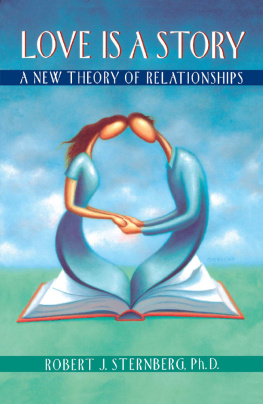

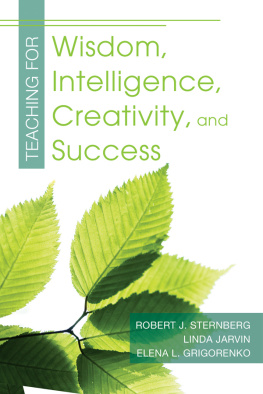
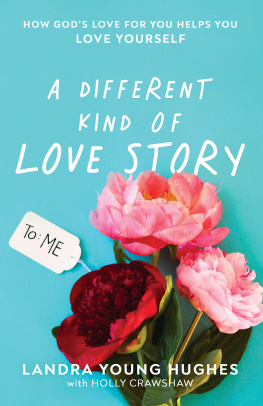
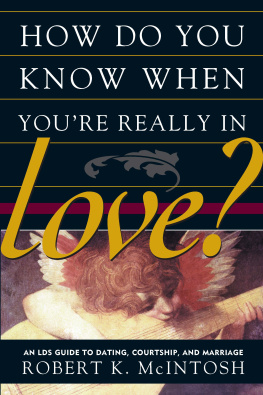
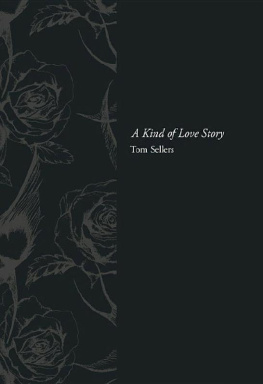
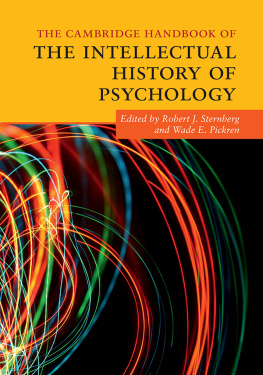

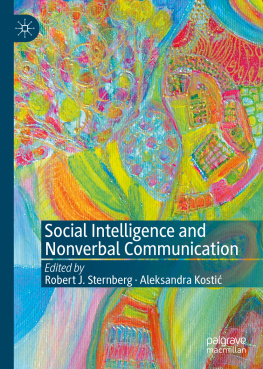

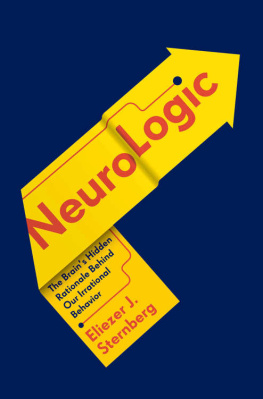

 LOVE IS A STORY
LOVE IS A STORY LOVE IS A STORY
LOVE IS A STORY